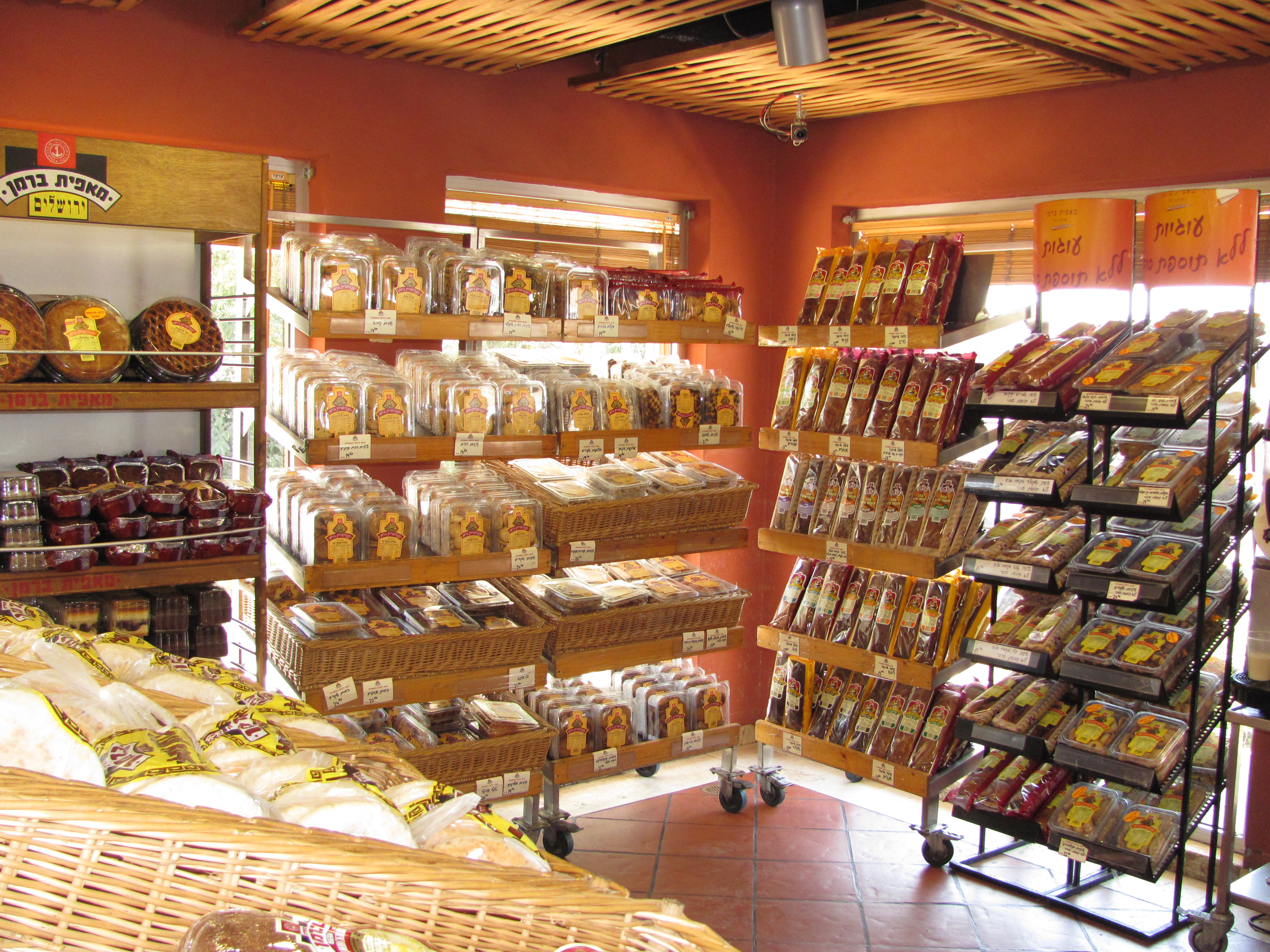Light Industry on:
[Wikipedia]
[Google]
[Amazon]
 Light industry are industries that usually are less capital-intensive than heavy industry and are more
Light industry are industries that usually are less capital-intensive than heavy industry and are more
 *
* 
 Light industry are industries that usually are less capital-intensive than heavy industry and are more
Light industry are industries that usually are less capital-intensive than heavy industry and are more consumer
A consumer is a person or a group who intends to order, or uses purchased goods, products, or services primarily for personal, social, family, household and similar needs, who is not directly related to entrepreneurial or business activities. ...
-oriented than business-oriented, as they typically produce smaller consumer goods. Most light industry products are produced for end users rather than as intermediates for use by other industries. Light industry facilities typically have less environment
Environment most often refers to:
__NOTOC__
* Natural environment, all living and non-living things occurring naturally
* Biophysical environment, the physical and biological factors along with their chemical interactions that affect an organism or ...
al impact than those associated with heavy industry. For that reason zoning laws are more likely to permit light industry near residential areas.
One definition states that light industry is a "manufacturing
Manufacturing is the creation or production of goods with the help of equipment, labor, machines, tools, and chemical or biological processing or formulation. It is the essence of secondary sector of the economy. The term may refer to ...
activity that uses moderate amounts of partially processed materials to produce items of relatively high value per unit weight".
Characteristics
Light industries require fewer raw materials, space and power. While light industry typically causes little pollution, particularly compared to heavy industry, some light industry can cause significant pollution or risk of contamination. For example, electronics manufacturing, itself often a light industry, can create potentially harmful levels oflead
Lead is a chemical element with the symbol Pb (from the Latin ) and atomic number 82. It is a heavy metal that is denser than most common materials. Lead is soft and malleable, and also has a relatively low melting point. When freshly cut, ...
or chemical waste
Chemical waste is any excess, unusable, or unwanted chemical, especially those that cause damage to human health or the environment. Chemical waste may be classified as hazardous waste, non-hazardous waste, universal waste, and household ha ...
s in soil without proper handling of solder and waste products (such as cleaning and degreasing agents used in manufacture).
Industry sectors
* Food industry *
* Paper making
Papermaking is the manufacture of paper and cardboard, which are used widely for printing, writing, and packaging, among many other purposes. Today almost all paper is made using industrial machinery, while handmade paper survives as a speciali ...
* Plastic
Plastics are a wide range of synthetic or semi-synthetic materials that use polymers as a main ingredient. Their plasticity makes it possible for plastics to be moulded, extruded or pressed into solid objects of various shapes. This adapta ...
* Leather industry
Leather is a strong, flexible and durable material obtained from the tanning (leather), tanning, or chemical treatment, of animal skins and hides to prevent decay. The most common leathers come from cattle, sheep, goats, equine animals, buff ...
* Textiles
* Household electric appliances
General-use products
* Kitchen and dining products * Beauty and personal care * Home textiles *Cleaning
Cleaning is the process of removing unwanted substances, such as dirt, infectious agents, and other impurities, from an object or environment. Cleaning is often performed for aesthetic, hygienic, functional, environmental, or safety purposes. ...
and storage
* Clock, watch and eyewear
* Gardening and entertainment
* Baby goods
* Household sundries
* Advertising and packaging
History
TheOxford English Dictionary
The ''Oxford English Dictionary'' (''OED'') is the first and foundational historical dictionary of the English language, published by Oxford University Press (OUP). It traces the historical development of the English language, providing a c ...
traces the use of the term "light industry" from 1916 onwards.
Within the later stages of the Industrial Revolution, the development of light industry tended to precede that of heavy industry.
References
Industries (economics) {{econ-stub